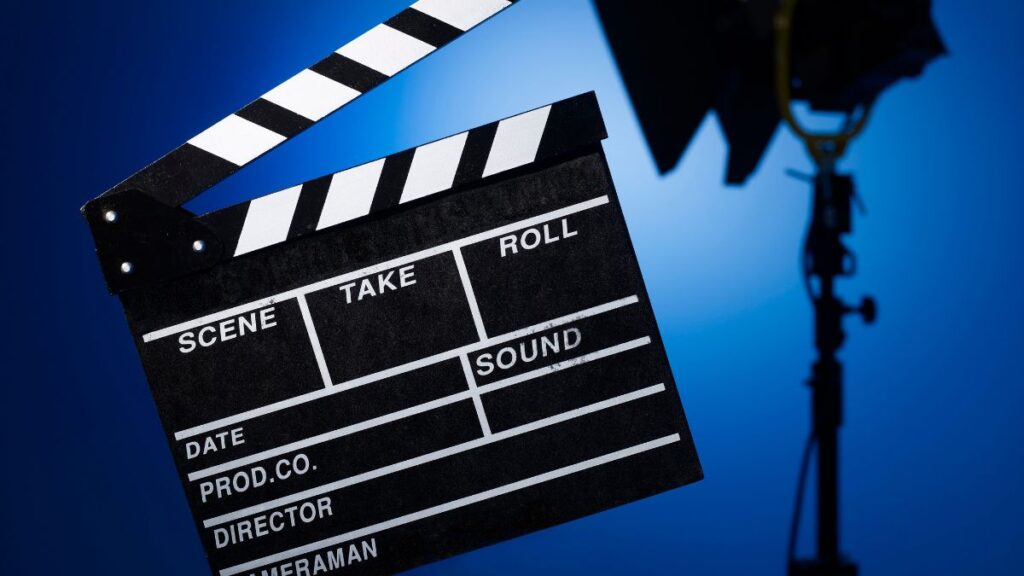In the golden era of the ’70s and ’80s, movie posters were not just promotional materials; they were a form of art that captured the essence of cinema with unparalleled creativity and flair. The art of movie poster design during these decades transcended mere advertising, becoming a cultural phenomenon that deeply influenced the aesthetic sensibilities of generations.
The ’70s and ’80s were marked by an explosion of cinematic innovation, with genres like science fiction, fantasy, and horror undergoing a renaissance. This period saw the birth of blockbuster films, and with them, the need for movie posters to not only inform but also to entice, allure, and captivate the imagination of potential audiences. The artists behind these posters wielded their brushes and pens like wands, conjuring visual gateways into the cinematic worlds they represented.
One cannot speak of this era without evoking the mesmerizing work of artists like Drew Struzan, whose hands sketched the dreams of millions onto canvas. Struzan’s posters for iconic films such as “Star Wars,” “Indiana Jones,” and “Back to the Future” are etched in the collective memory of the culture. His ability to capture the adventure, excitement, and emotion of these movies in a single image is nothing short of magical. Each stroke told a story, each color conveyed a mood, and the final product was not just a poster but a piece of art that stood on its own.
The ’70s and ’80s also witnessed a daring use of typography, color, and composition in movie poster design. Posters were imbued with vibrant colors that leaped off the canvas, daring typography that screamed for attention, and compositions that were at once chaotic and harmoniously balanced. These elements combined to create a visual punch that was impossible to ignore. The poster for “A Clockwork Orange” with its stark, disturbing imagery, or the haunting, minimalist design of “The Exorcist” poster, are prime examples of how design elements were used to evoke strong emotional responses from the viewer.
Moreover, the era was characterized by a willingness to experiment and push boundaries. Movie posters of the ’70s and ’80s often featured hand-drawn illustrations, a practice that has become less common in the digital age. This handcrafted approach gave the posters a unique, personal touch, making them feel like windows into the artists’ own visions of the films. The illustrated poster for “Jaws,” with its simple yet terrifying depiction of a shark, has become an iconic symbol of fear and anticipation, showcasing the power of illustration to convey complex emotions and narratives.
As we reflect on the art of movie poster design in the ’70s and ’80s, we are reminded of a time when movie posters were not just seen; they were experienced. They captured the imagination, provoked curiosity, and sometimes, even overshadowed the movies they were promoting. These posters were a testament to the creativity, skill, and passion of the artists who created them, leaving a lasting legacy that continues to inspire awe and admiration.
Today, as we stand in an era dominated by digital art and graphic design, the movie posters of the ’70s and ’80s serve as a beacon of artistic brilliance and creativity. They remind us of the power of visual art to evoke emotion, tell stories, and create lasting cultural icons. The art of movie poster design from this era was not just about selling movie tickets; it was about creating a visual language that spoke directly to the soul, leaving an indelible mark on the canvas of cultural history.
